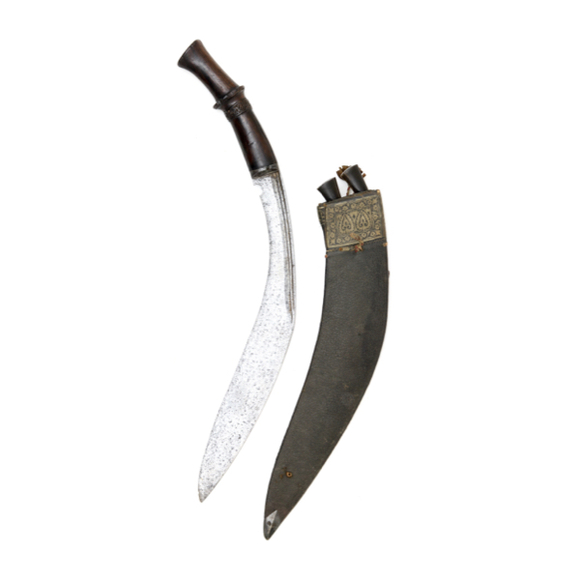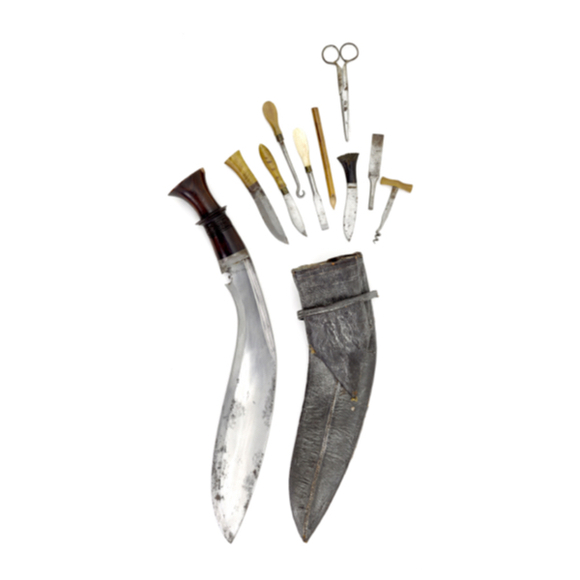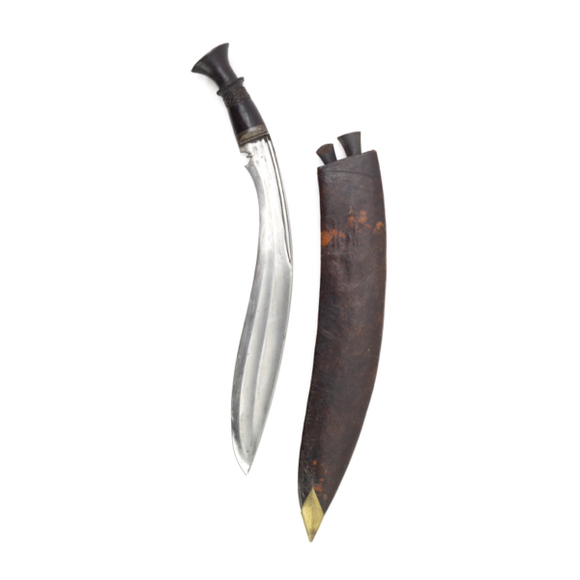To be expanded...
Description
Once a little harbor town, Nagasaki grew to become the main port of entry for foreign goods into Japan from the 16th to 19th centuries.
It was officially set up as a port town for trade with the Portuguese in 1571. Daimyō Ōmura Sumitada granted the permit and gave the territory to the Society of Jesus. From then on, Portuguese traders settled on the artificial fan-shaped island of Deshima.
Nagasaki became a Catholic colony and safe haven for Christians, until Toyotomi Hideyoshi heard rumors of plans of an invasion of the Iberian Union to secure their lands in Japan. He revoked Ōmura's permit and claimed Nagasaki as his own domain. In January 1597, he publicly executed 26 Christians in Nagasaki by crucifixion. The religion was banned but the profitable trade was still allowed for some time.
By 1614 catholicism was officially banned and all remaining Christians were to renounce their faith. Many fled Japan to various places in Southeast Asia. Following a Rebellion of Christian Japanese in 1637, all Portuguese were expelled. The Dutch, who were less into religion and more into trade, replaced them and were moved from their base in Hirado to the Island of Deshima, from where they traded from 1641–1854 AD. Due to Japanese isolationist policies, it was officially the only place where foreign trade was conducted. Unofficially, lots of smuggling was still taking place elsewhere.

18th century map of Deshima.
Source; Dutch Royal Library.
The Chinese presence
There was also a significant Chinese population in Nagasaki, living in Toujin Yashiki (唐人屋敷), literally "Tang-man Palace", or Chinatown.

Toujin Yashiki (唐人屋敷), "Nagasaki Chinatown"
It was the Deshima of the Chinese, but a lot larger.
In the literature
"The city is the headquarters for the tortoise-shell industry in the East, and much of the best tortoise-shell work of the world is done here. When I went ashore this morning I had breakfast at the hotel, which faces the bay, and then went out to look at the tortoise-shell curio shops. I guess I went into forty of them, but it was the same in these shops as it was in Kobe and Yokohama. It was steamer day and prices had gone up soaring. Moreover, the dealers wouldn't be beaten down in their prices. In addition to the ordinary useful things, like combs and brushes and hairpins, the Japs manufacture the shell into many novelties, such as cigar and cigarette cases, miniature furniture, little jinrikishas, and things of that kind. There is hardly anything that you can ask for in the shape of designs that you can't get, though the Japs are best in carving the horrible-looking dragons that one nearly always associates with the Asiatics. I saw a lot of very beautifully carved ivory work, too, but the prices for that were away out of sight.
After I got through the tortoise-shell places, I went to some sword-makers. You know the Japanese are famous for their swords. They are the finest in the world. The best of them will cut through iron and not turn the edge. I saw many with the sacred dragon carved on them, and some that were two hundred and three hundred years old. Of course I had no use for a sword, and didn't want to buy any. I just wanted to see them to satisfy my curiosity."
-Wilbur J. Chamberlin, 1900
From: Ordered to China; letters of Wilbur J. Chamberlin






